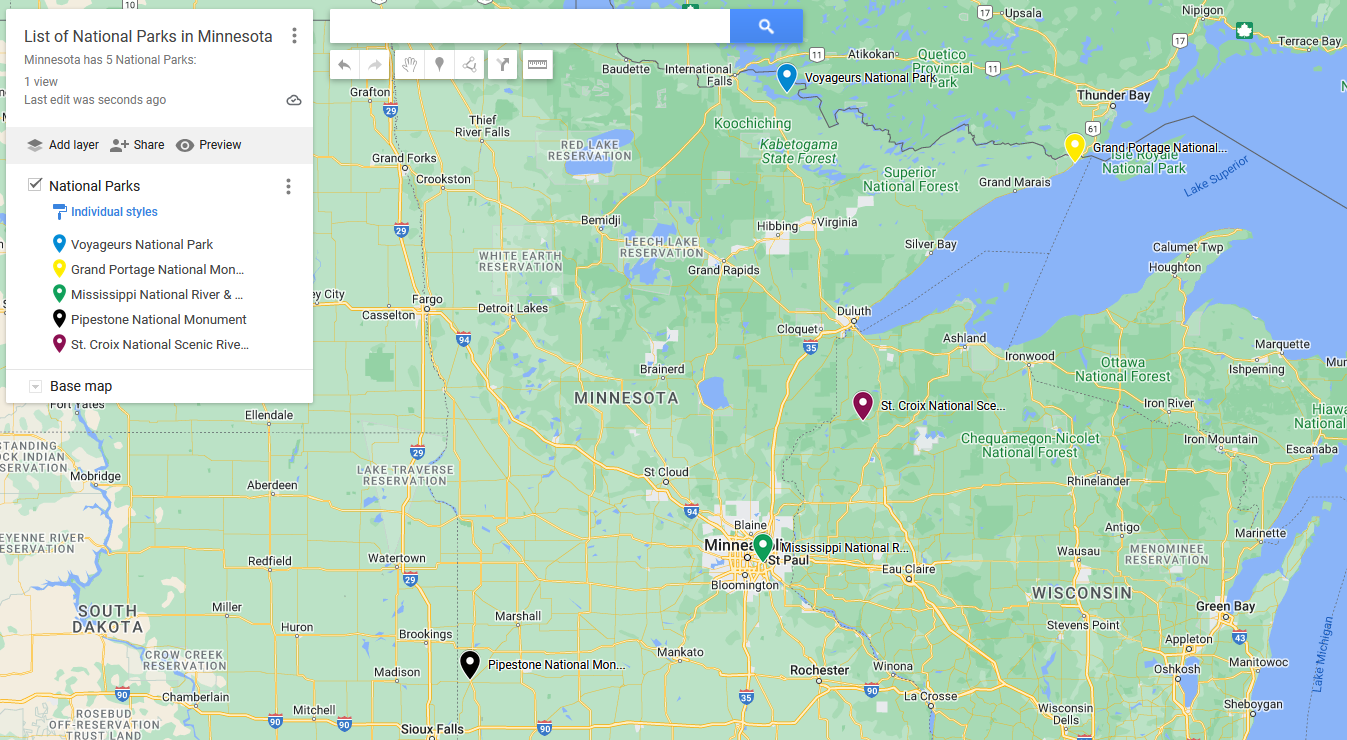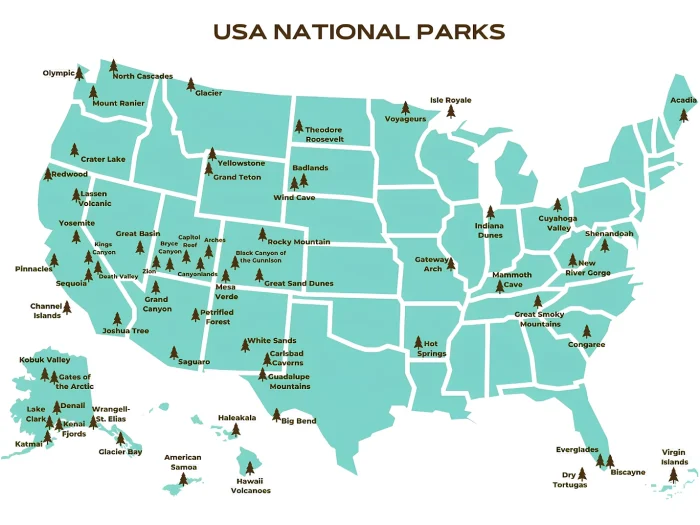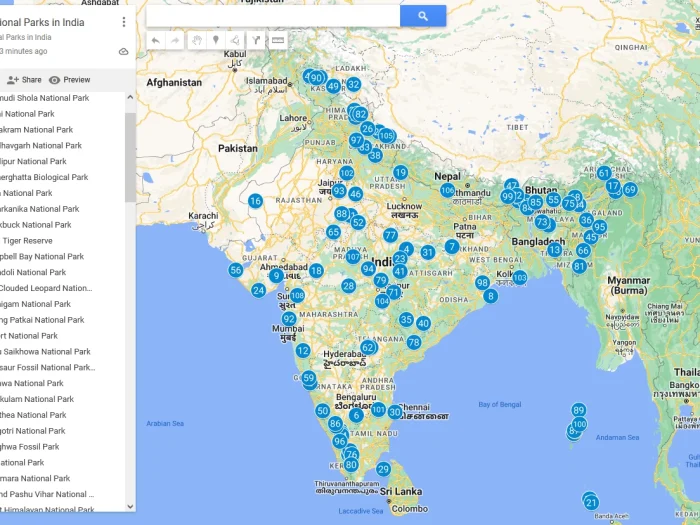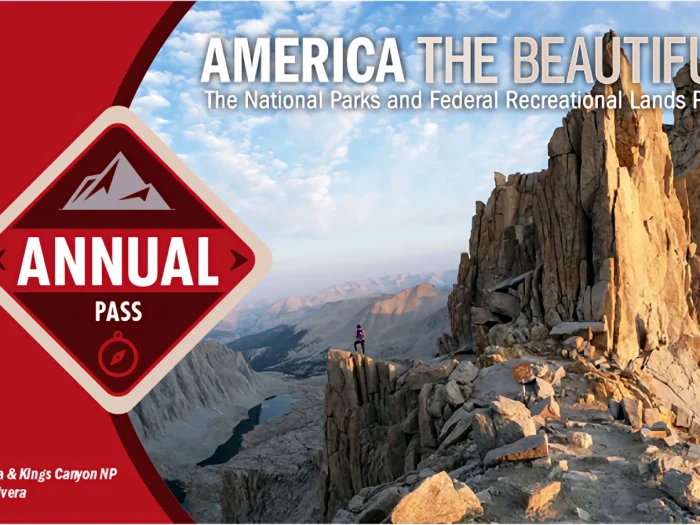List of National Parks in Minnesota
Minnesota has 5 National Parks:
- Voyageurs National Park
- Grand Portage National Monument
- Mississippi National River & Recreation Area
- Pipestone National Monument
- Saint Croix National Scenic Riverway
In this article I will write about these National Parks. I also add Minnesota National Parks map at the end of the article.
List of National Parks in Minnesota
(You can click the image below to see Minnesota National Parks map in full size)

1. Voyageurs National Park
Voyageurs National Park, established in 1975, is a unique and captivating wilderness area located in northern Minnesota, along the Canadian border. Named after the French-Canadian fur traders known as voyageurs, this park is renowned for its vast interconnected waterways, pristine forests, and rich cultural history. It offers visitors a distinctive water-based adventure in the heart of the North Woods.
Activities and Attractions
- Boating: The primary mode of transportation and exploration in the park
- Fishing: Popular year-round, with ice fishing in winter
- Hiking: Several trails on the mainland and islands
- Camping: Backcountry campsites accessible by boat
- Kayaking and Canoeing: Excellent opportunities for paddling adventures
- Houseboat rentals: A unique way to experience the park
- Wildlife viewing: Opportunities to see diverse species in their natural habitat
- Stargazing: The park’s dark skies offer excellent conditions for astronomy
- Winter activities: Snowmobiling, cross-country skiing, and snowshoeing
Main visitor centers:
- Rainy Lake Visitor Center: Open year-round
- Kabetogama Lake Visitor Center: Open seasonally
- Ash River Visitor Center: Open seasonally
Voyageurs serves as an important site for scientific research, particularly in areas such as:
- Wolf and moose population dynamics
- Aquatic ecosystem health
- Climate change impacts on northern forests
2. Grand Portage National Monument
Grand Portage National Monument, established in 1960, is a historic site located on the north shore of Lake Superior in northeastern Minnesota. This 710-acre park preserves and interprets a vital center of fur trade activity and Ojibwe heritage. The monument offers visitors a unique glimpse into the lives of Ojibwe people, French-Canadian voyageurs, and British and American fur traders who lived and worked in the area during the height of the North American fur trade.
Activities and Attractions
- Living History Demonstrations: During the summer months, costumed interpreters demonstrate aspects of 18th-century life.
- Guided Tours: Rangers offer tours of the reconstructed depot and provide insights into its history.
- Hiking: The Mount Rose Trail offers panoramic views of Lake Superior and the reconstructed depot.
- Canoe Building: Visitors can watch the construction of authentic birchbark canoes.
- Cultural Demonstrations: Ojibwe community members often demonstrate traditional crafts and skills.
- Annual Rendezvous Days and Pow Wow: A weekend event in August featuring historical reenactments and traditional Ojibwe dancing.
3. Mississippi National River & Recreation Area
The Mississippi National River & Recreation Area (MNRRA), established in 1988, is a unique national park unit that stretches for 72 miles along the Mississippi River through the Twin Cities metropolitan area in Minnesota. Unlike traditional national parks, MNRRA is a partnership park that coordinates with numerous local, state, and federal agencies to protect and enhance the Mississippi River’s natural, recreational, cultural, and scenic resources within an urban setting.
Recreational Activities
MNRRA offers numerous recreational opportunities:
- Boating: Canoeing, kayaking, and motorboating on the Mississippi and its tributaries
- Fishing: Popular spots for catching walleye, bass, and catfish
- Hiking and Biking: Miles of trails along the river and through adjacent parks
- Birdwatching: Excellent opportunities to spot migratory and resident birds
- Winter Activities: Cross-country skiing and snowshoeing
Cultural and Historical Significance
The park area has a rich history spanning thousands of years:
- Native American Heritage: Evidence of habitation dating back over 10,000 years
- European Exploration: Early explorers like Zebulon Pike passed through the area
- Industrial History: The river powered flour mills and sawmills that built Minneapolis
- Transportation: The river’s role in steamboat transportation and the development of locks and dams
4. Pipestone National Monument
Pipestone National Monument, established in 1937, is a small but significant national park site located in southwestern Minnesota. This 282-acre area preserves the historic quarries where Native Americans have excavated a unique form of red pipestone (catlinite) for centuries to create sacred pipes used in religious and ceremonial practices.
Historical and Cultural Significance
- Sacred Site: For many Native American tribes, this area is considered holy ground.
- Quarrying Tradition: Native Americans have quarried pipestone here for at least 3,000 years.
- Pipestone Use: The soft, red stone is carved into pipes and other ceremonial objects.
- Intertribal Peace: Despite conflicts elsewhere, many tribes agreed to keep this area neutral.
Visitor Information
- Open Year-Round: The monument is accessible all year, with seasonal hour variations.
- Entrance Fee: A small fee is charged for entry.
- Best Time to Visit: Summer offers the most programs, but each season has its charm.
5. Saint Croix National Scenic Riverway
The Saint Croix National Scenic Riverway, established in 1968, is one of the original eight rivers protected under the Wild and Scenic Rivers Act. This national park unit preserves 252 miles of the St. Croix and Namekagon Rivers, forming a significant portion of the border between Minnesota and Wisconsin. The Riverway offers visitors a chance to experience a largely undeveloped river system in the heart of the Upper Midwest.
Geography and Scope
- Length: 252 miles of protected riverway
- Rivers: Includes the St. Croix River and its tributary, the Namekagon River
- Location: Stretches from northwest Wisconsin to the confluence with the Mississippi River near Hastings, Minnesota
Recreational Activities
The Riverway offers a wide range of outdoor activities:
- Paddling: Canoeing and kayaking are popular along the entire length
- Fishing: Excellent opportunities for walleye, smallmouth bass, and muskellunge
- Camping: Numerous riverside campsites, many accessible only by water
- Hiking: Trails along portions of the river, including the Ice Age National Scenic Trail
- Scenic Drives: Several roads offer beautiful views of the river valley
- Winter Activities: Cross-country skiing, snowshoeing, and ice fishing
The Riverway is open year-round, with peak visitation during the summer months. There are no entrance fees, but some camping and boat launch fees may apply. Visitor centers are located in St. Croix Falls, Wisconsin, and near Trego, Wisconsin on the Namekagon River.
Minnesota National Parks map on Google map
Read more:




